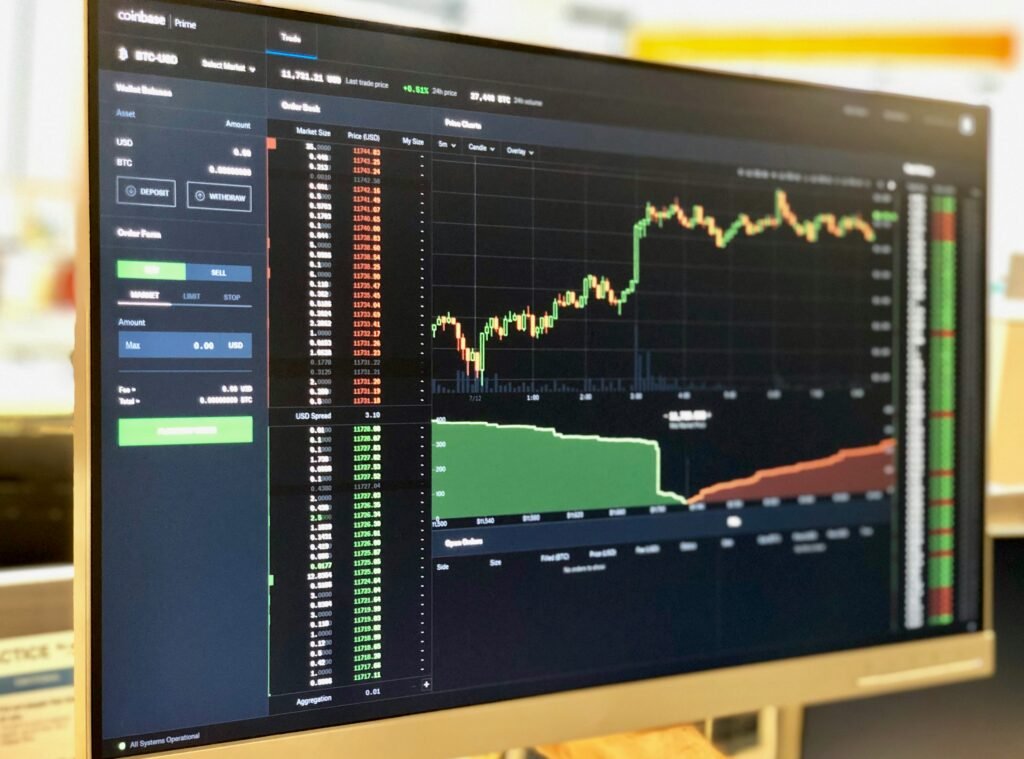Technology, in its broadest sense, is the application of scientific knowledge for practical purposes. It has been a fundamental force in shaping the course of human civilisation, enabling individuals and societies to transcend natural limitations and achieve levels of efficiency, productivity, and connectivity that would have been unimaginable just a few decades ago. From primitive tools to intelligent machines, technology continues to evolve, driving profound transformations across nearly every sector of life.Digital transformation
At its core, the term “technology” encompasses tools, methods, systems, and devices developed to solve problems or enhance capabilities. It integrates diverse fields, from engineering and information science to biotechnology and materials innovation. What distinguishes modern technology is not only its complexity and sophistication but also its ubiquity—digital transformation and automation are now central to business strategy, healthcare delivery, education, entertainment, and personal communication.
Evolution of Human Technology
Understanding the present requires revisiting the past. Early human technology began with simple stone tools during the Palaeolithic era. The invention of the wheel, the discovery of fire, and the emergence of metallurgy during the Bronze and Iron Ages all marked significant leaps. Over time, societies leveraged engineering knowledge to construct architectural masterpieces, develop navigation systems, and refine agricultural practices. The Industrial Revolution of the 18th and 19th centuries represented a defining inflection point

It mechanised production, introduced the steam engine, and established foundational technologies in textile manufacturing, transportation, and communication. The subsequent invention of electricity and the telegraph paved the way for the interconnected world we know today. The 20th century brought about revolutionary breakthroughs in computing, aeronautics, and nuclear energy. Visionaries like Alan Turing, Grace Hopper, and Nikola Tesla advanced the theoretical and practical boundaries of science and engineering. The development of the internet in the late 20th century laid the groundwork for the digital age, enabling instant communication, decentralised data storage, and a global information economy.
Digital Transformation in the 21st Century
In the 21st century, technology has shifted into hyperdrive. With smartphones, wearable tech, AI assistants, and cloud computing now integrated into everyday life, digital ecosystems have replaced many traditional systems. The rise of artificial intelligence, machine learning, and big data analytics has enabled machines not only to automate repetitive tasks but also to make predictions, generate insights, and engage in natural language processing.
Smart homes, driven by IoT (Internet of Things), connect devices like thermostats, security cameras, and appliances, offering convenience and energy efficiency. Meanwhile, blockchain technology offers decentralised solutions for secure transactions and supply chain transparency. These technologies are not isolated innovations; they are interconnected tools within a broader landscape of digital infrastructure.Semantically related keywords such as “intelligent automation”, “cloud infrastructure”, “cybersecurity protocols”, and “real-time analytics” provide a richer vocabulary for understanding how digital transformation is reshaping society.
Emerging Technologies Shaping the Future
Among the most impactful trends today is artificial intelligence. AI has progressed from narrow applications—such as image recognition and customer service chatbots—to broader implementations including agentic AI and generative models. These tools now write code, compose music, draft documents, and even participate in medical diagnosis.
Quantum computing, once theoretical, is becoming an imminent reality. Companies like IBM and Google are racing to achieve quantum supremacy, where quantum processors outperform classical ones at specific tasks. The potential for quantum computing in pharmaceuticals, cryptography, and logistics optimisation is enormous.
Sustainability has also become a central concern. Clean energy technologies, including solar, wind, and hydrogen fuel cells, are being deployed to combat climate change. Innovations in battery storage, carbon capture, and biodegradable materials reflect a broader shift toward green technology. Tech companies such as Tesla and NextEra Energy are leaders in this transition, blending commercial success with environmental responsibility.Extended Reality (XR), encompassing virtual reality (VR), augmented reality (AR), and mixed reality (MR), is redefining education, entertainment, and design. Spatial computing, which overlays digital objects onto the physical world, is being used in training simulations, remote surgery, and architectural modelling.
The Social and Ethical Dimensions
While technology offers immense promise, it also raises critical ethical, legal, and social challenges. Data privacy, algorithmic bias, and job displacement due to automation are just some of the issues policymakers and technologists must navigate. The rise of deepfakes and misinformation on digital platforms demonstrates the need for robust media literacy and regulatory frameworks.

Governments around the world are grappling with how to regulate rapidly evolving technologies without stifling innovation. The European Union’s Artificial Intelligence Act and various national data protection laws reflect a growing consensus on the importance of ethical standards in tech development.Education systems are also adapting to the demands of a technology-driven economy. Coding, robotics, and data science are increasingly taught at earlier levels. Public-private partnerships, such as those between universities and tech firms, are essential in training the workforce of the future.
Final thoughts
Technology is ultimately a tool, and like any tool, its impact depends on how it is used. It can be a vehicle for empowerment, equity, and innovation—or a source of disruption and inequality. Ensuring that the benefits of technology are distributed equitably will require intentional design, thoughtful policy, and continuous public dialogue.
From smart agriculture in Sub-Saharan Africa to telemedicine in rural India, technology is already enabling breakthroughs in areas long underserved by traditional infrastructure. As satellite internet becomes more accessible, even remote communities are beginning to participate in the global digital economy.
















